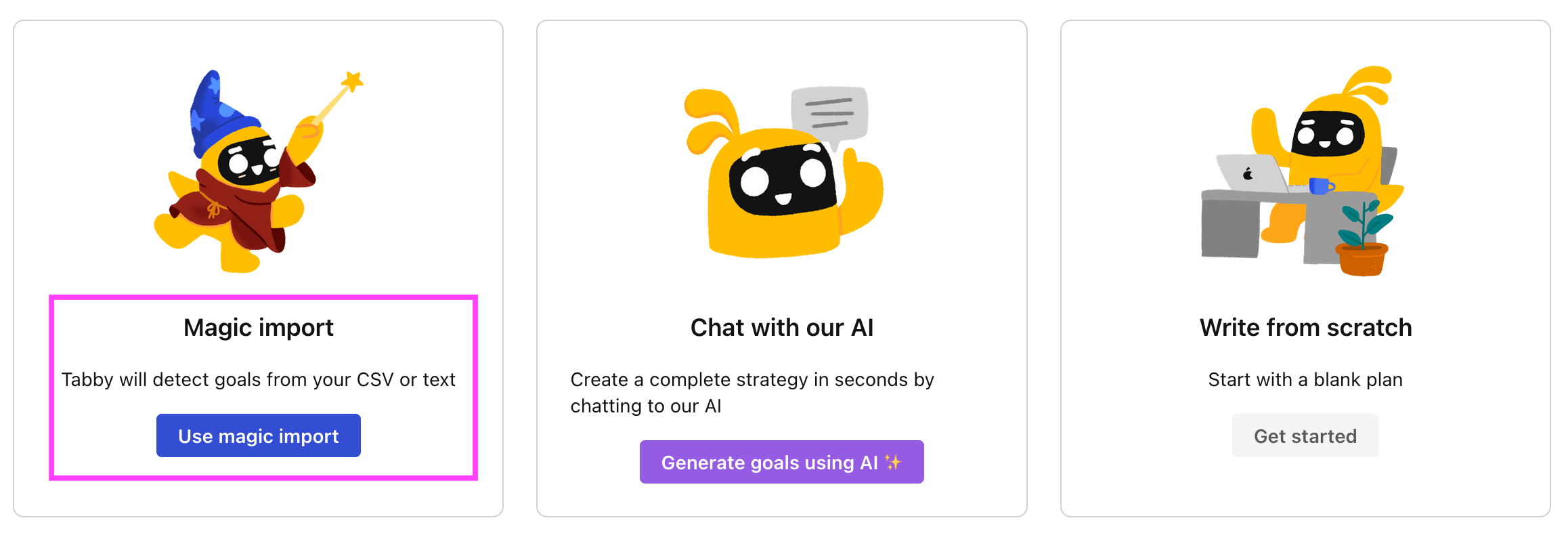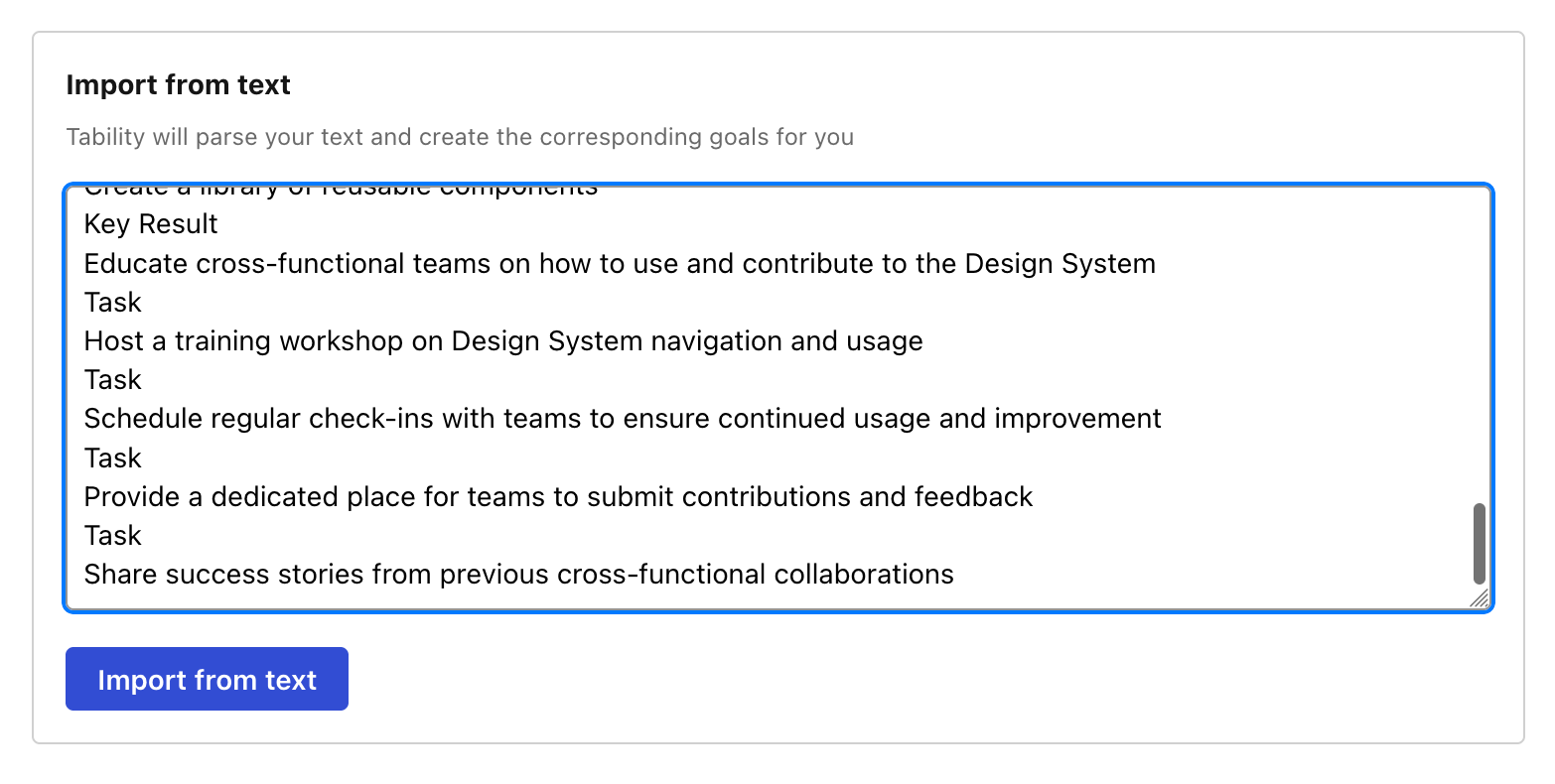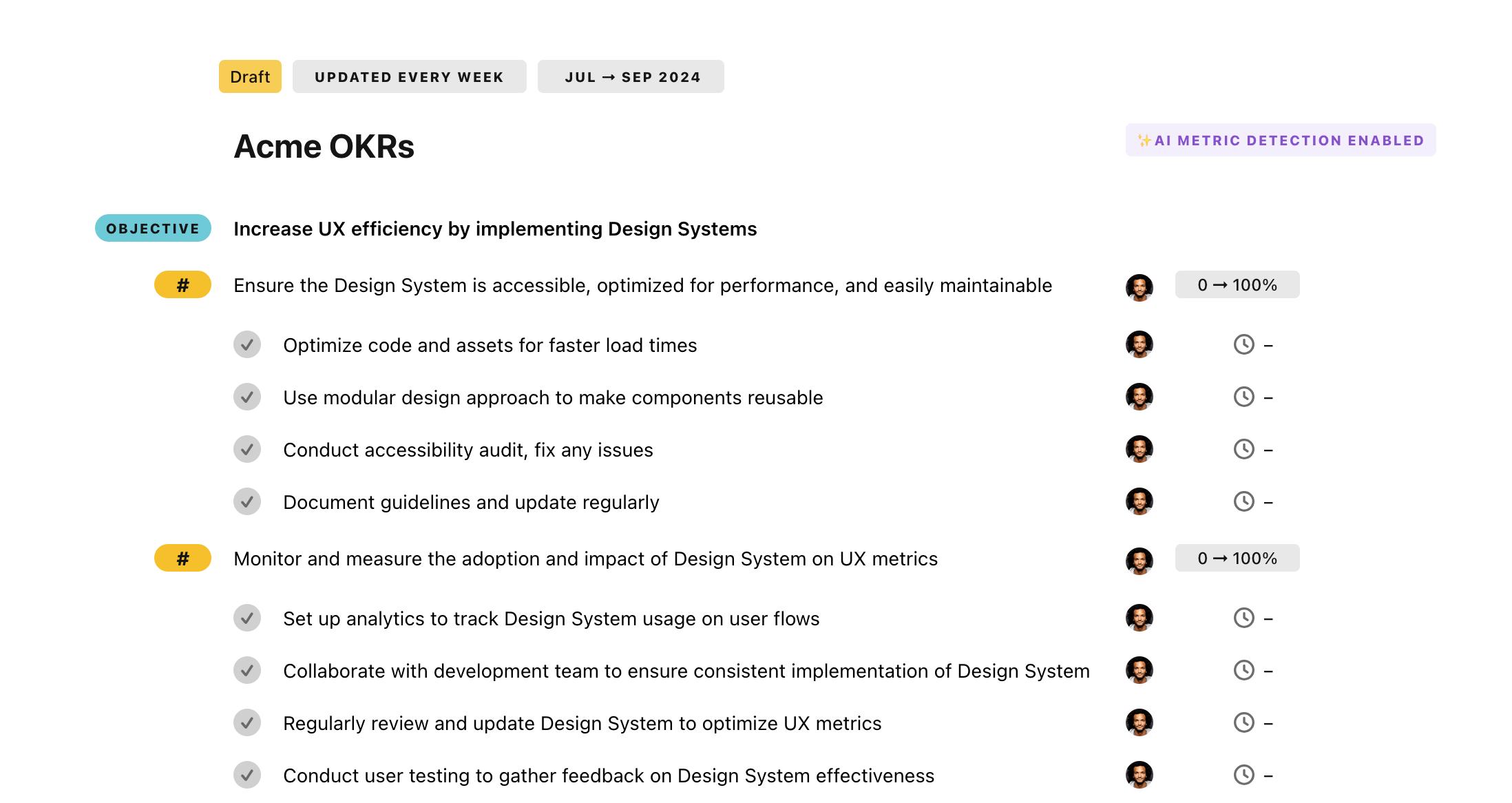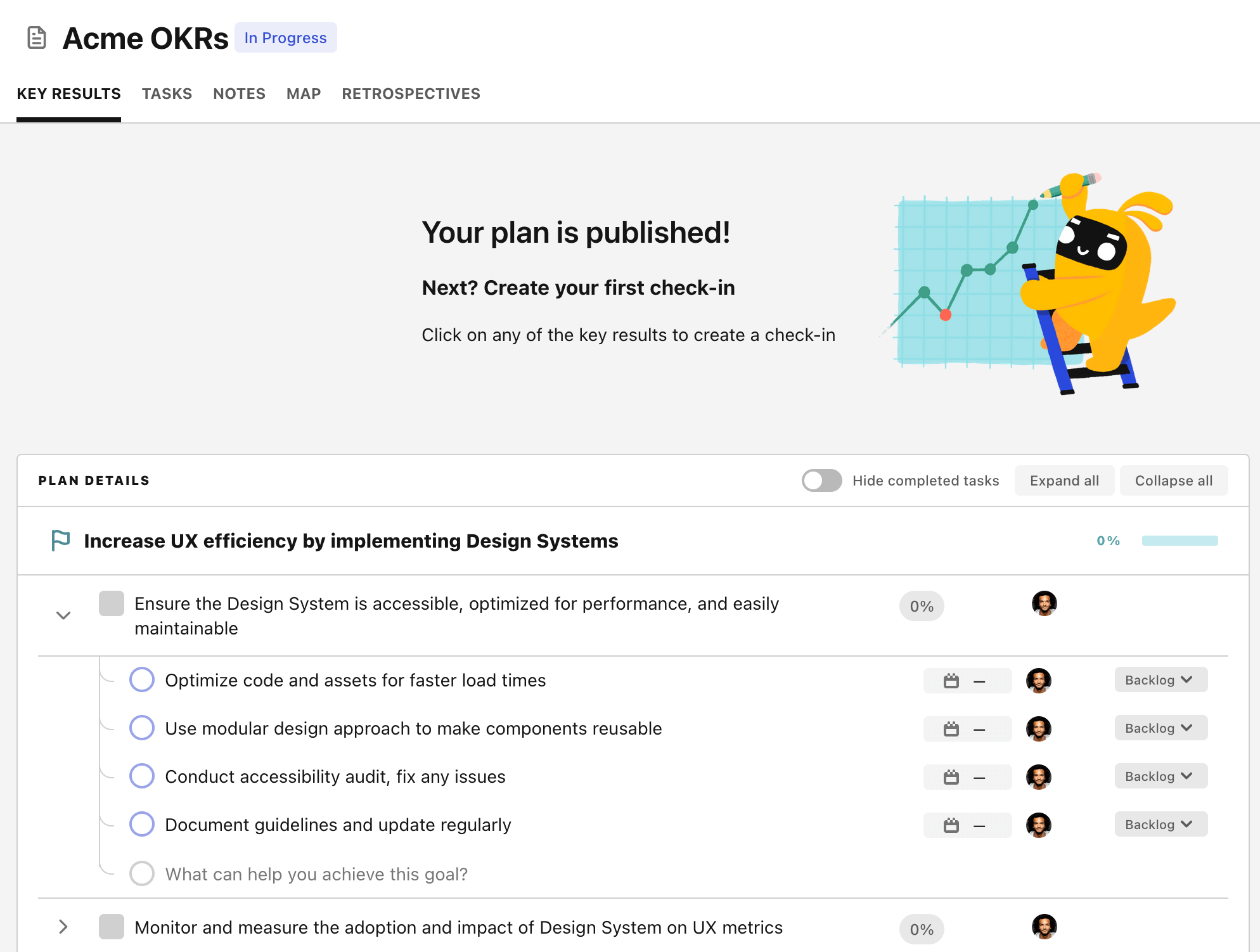OKR template to streamline and optimize the payroll process
Your OKR template
Another key objective is to cut down the duration of payroll processing by 20% which involves implementing a fully automated payroll system and training staff on efficient payroll methods. Additionally, some of the payroll work could be outsourced to a reliable company to further decrease processing time.
The third objective is to minimize errors by introducing a new payroll software. The anticipated results are to reduce miscalculations by 15%. To ensure optimal performance, the software will be regularly monitored, assessed, and if efficient, implemented. This includes training the Human Resources team on how to effectively use this new tool.
Each of these objectives consist of initiatives that would be implemented to reach the set goals. For instance, sourcing relevant training programs, implementing an automated payroll system, and training the HR team on new payroll software fall under the initiatives set by this OKR.
ObjectiveStreamline and optimize the payroll process
KRIncrease payroll team's efficiency by providing training to enhance skills
Schedule and implement chosen training programs
Source relevant training programs for these skills
Identify skill gaps within the payroll team
KRReduce payroll processing time by 20%
Implement a fully automated payroll system
Outsource payroll processing to a trusted company
Train staff on efficient payroll processing practices
KRImplement a new payroll software to reduce errors by 15%
Regularly monitor and evaluate software performance
Research and select an efficient payroll software
Train the HR team on the new software
How to edit and track OKRs with Tability
You'll probably want to edit the examples in this post, and Tability is the perfect tool for it.
Tability is an AI-powered platform that helps teams set better goals, monitor execution, and get help to achieve their objectives faster.
With Tability you can:
- Use AI to draft a complete set of OKRs in seconds
- Connect your OKRs and team goals to your project
- Automate reporting with integrations and built-in dashboard
Instead of having to copy the content of the OKR examples in a doc or spreadsheet, you can use Tability’s magic importer to start using any of the examples in this page.
The import process can be done in seconds, allowing you to edit OKRs directly in a platform that knows how to manage and track goals.
Step 1. Sign up for a free Tability account
Go tohttps://tability.app/signup and create your account (it's free!)
Step 2. Create a plan
Follow the steps after your onboarding to create your first plan, you should get to a page that looks like the picture below.

Step 3. Use the magic importer
Click on Use magic import to open up the Magic Import modal.
Now, go back to the OKR examples, and click on Copy on the example that you’d like to use.

Paste the content in the text import section. Don’t worry about the formatting, Tability’s AI will be able to parse it!

Now, just click on Import from text and let the magic happen.

Once your example is in the plan editor, you will be able to:
- Edit the objectives, key results, and tasks
- Click on the target 0 → 100% to set better target
- Use the tips and the AI to refine your goals
Step 4. Publish your plan
Once you’re done editing, you can publish your plan to switch to the goal-tracking mode.

From there you will have access to all the features that will help you and your team save hours with OKR reporting.
- 10+ built-in dashboards to visualise progress on your goals
- Weekly reminders, data connectors, and smart notifications
- 9 views to map OKRs to strategic projects
- Strategy map to align teams at scale